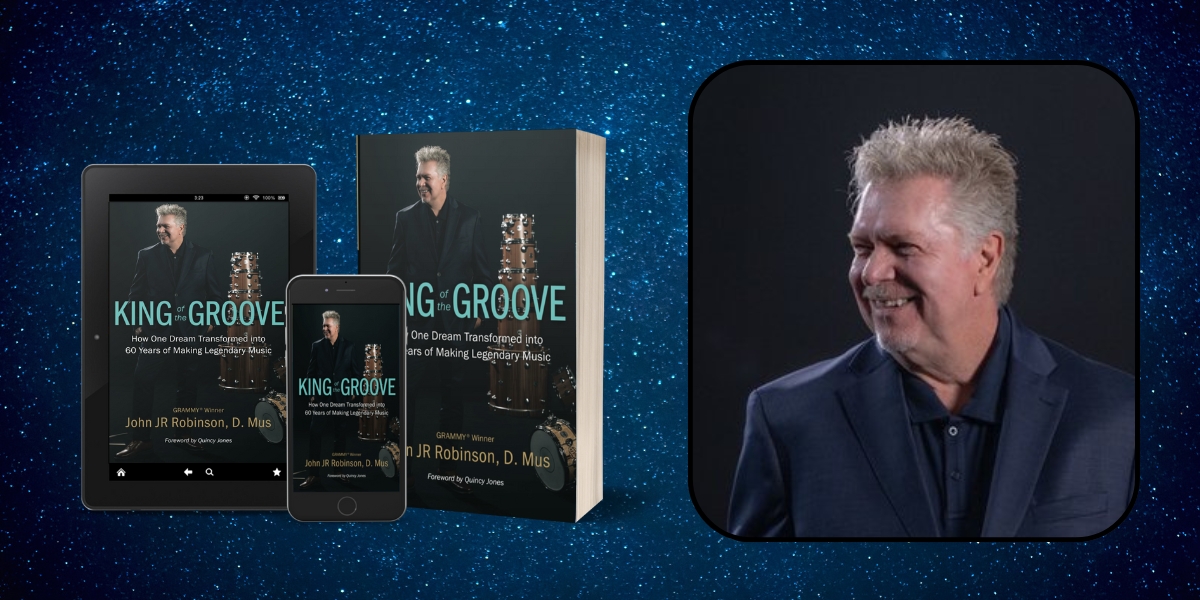Los Angeles is a city of neighborhoods, each with a unique story. Today, we’re ditching the Hollywood glitz and heading to Historic Filipinotown – a vibrant pocket near Echo Park where Filipino American history runs deep and the community’s contributions shape the city every day.
Filipinos have been part of the fabric of Los Angeles for far longer than many realize. Early Filipino migrants arrived as far back as the early 1900s, working as laborers and finding communities in areas dubbed “Manilatowns.”
Historic Filipinotown, designated in 2002, honors this legacy. It may be small (just a few blocks), but it packs a cultural punch. “This neighborhood isn’t just about the past,” says a local community organizer. “It’s a symbol of the Filipino American community’s resilience and ongoing presence in LA.”
More Than Adobo: The Flavor of Filipinotown
Picture this: The air crackles with the sizzle of pork skewers kissed by a sweet-savory glaze. Bakeries explode with color – cakes frosted a vibrant purple thanks to ube (a vibrantly colored yam), shelves overflowing with pastries filled with sweet beans or coconut. At tiny markets, the tangy scent of calamansi limes and the garlicky funk of fermented shrimp paste mingle with the chatter of shoppers seeking a taste of home. This is Filipinotown, and it’s an adventure for your tastebuds.
“Filipino food isn’t just about adobo,” explains a local chef known for her modern take on Filipino classics. “There’s sweet, sour, funky, spicy…a whole world of flavors influenced by our history.” Spanish, Chinese, and Malay elements all blend with native ingredients, creating dishes as diverse as the people who make them. Filipinotown is where you’ll find both hole-in-the-wall spots serving up homestyle comfort food and restaurants giving the classics a gourmet spin.
But what makes eating in Historic Filipinotown special is that it’s not just about the dishes; it’s about the atmosphere. You might hear Tagalog spoken at the next table, spot a display of religious icons next to the cash register, or find yourself debating the merits of karaoke while digging into a plate of crispy pata (deep-fried pork knuckle). “Eating here, it’s almost like stepping into someone’s home,” says a food blogger with a fondness for Filipino cuisine. “It’s about community and sharing, as much as it is about the amazing flavors.”
Historic Filipinotown’s story is intrinsically linked to the struggle for recognition. Farmworkers like Larry Itliong and Philip Vera Cruz were instrumental in California’s labor movement, fighting alongside Mexican American leaders like Cesar Chavez. Yet, their contributions were too often overlooked.
The neighborhood is a reminder of this ongoing fight for representation. Organizations here provide services to recent immigrants, advocate for workers’ rights, and push for Filipino American history to be taught in schools. This activism carries on the legacy of those early pioneers. “Historic Filipinotown isn’t just a place on a map,” says a young Filipino American activist. “It’s the heart of a movement that’s been pushing for inclusion and justice for generations.”
The Heartbeat of the Community
Filipinos are the largest Asian American group in California, and their influence extends beyond Historic Filipinotown. Filipino nurses are the backbone of many hospitals, Filipino American artists push boundaries, and communities throughout the city keep the culture vibrant.
Events like the annual Festival of Philippine Arts and Culture celebrate both traditional dances and modern hip-hop Filipino American crews. “We’re not a monolith,” says a Fil-Am community leader. “We come from all walks of life, but this shared heritage and pride in our culture unites us.”
Historic Filipinotown is more than just a tourist attraction. It’s a testament to the immigrant experience, the importance of preserving cultural identity, and the ongoing contributions Filipino Americans make to the city of Los Angeles. “This neighborhood is a microcosm of LA itself,” says a longtime resident. “It’s diverse, dynamic, and always a little bit surprising.”
So, next time you’re looking for an authentic LA experience, skip the movie star handprints and head to Historic Filipinotown. Grab some halo-halo (a Filipino shaved ice dessert), admire the murals, and feel the energy of a community that honors its past while boldly shaping its future. As they say here, “Mabuhay!” (Long live!)





